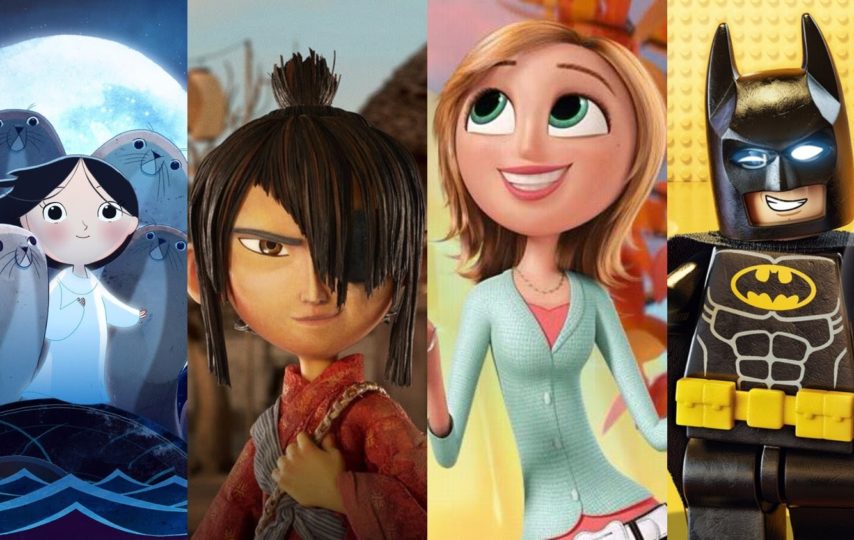Animation within the film industry is continuously developing over time. Beginning with the simplicity of intricate drawings and sketches, before being transformed into the intricately detailed computer-aided design that is slowly taking over the world of filmmaking and animation as we speak.
In order to appreciate the animation, it is important to understand the history of the techniques.
From flip books to the 30-second clay adverts on television, to full-length films shown at premiers. It goes without saying that animation has definitely brought a new world to films globally.
What is Animation?
Animation is a form of design that is a process of manipulating images and drawings, so they appear as though they are moving. The way in which this is done is by capturing sequential, stationary images of a drawing or character, and then playing those back with speed.
It will be evident that when played back, the sequence of images will force the subject to mimic real-world movements and characteristics, therefore creating an form of animation.
Developing an animation takes great skill and patience. Not to forget that each version of animation obtains a different level of difficulty and use of workstation that has to be researched into, in order to understand it. Below, we will discuss these methods for insight into just how complicated animation creation is and how it is achieved.
Celluloid Animation
Beginning with the oldest form of animation, celluloid animation was initially used by the likes of world-renowned Walt Disney, in order to create short, snappy, scenes that would be used as a trailer or short adverts.
The process was compiled of a designer drawing an extensive series of images, each altering ever so slightly to create a movement when photographed and played back in a series. The whole form would consist of over a thousand hand-drawn images. This was the traditional norm for animation and would have taken an extensive amount of time to complete.
However, many artists have taken inspiration from this form of animation, due to its raw look and simple fluidity that is almost childish, yet professional.
2D Design
Unlike Celluloid, 2D- Design was the start of the computer-aided animations.
This process focuses largely for the production of characters, backgrounds and even storyboards, all within a 2D format. This form of animation requires the designers to have an immense amount of creativity and skills within the technical software of their choice.
When creating characters in this format, it allows them to be able to move left, right, up and down. So, an improvement from the flip-book style movement, but not as realistic as many would like. Despite this, the 2D designing process still became incredibly popular. Being used in film, adverts website, television programmes and games.
In order to do 2D animation, software such as Bitmap and vector graphics need to be installed onto any device. Alongside Photoshop and Adobe Flash, in order to create detailed and lifelike characters and scenes, before they are taken into a movie reel.
Motion Graphics
Intended to be used in marketing efforts and title sequences in film, motion graphics combine graphic design, sound and motion to create an eye-catching animation. The purpose of this type of animation is to inform and describe a process through animation and motion.
As video marketing becomes a popular channel for information distribution, more and more brands and businesses turn to motion graphics to create short and visually appealing videos. This type of animation can help to bring a brand to life.
Stop Motion
Stop motion is very similar to that of traditional, Celluloid animation in the sense that it is made up of a huge series of frames that when played, create a fluent movement. The only difference is the use of clay, instead of a pen drawing.
Filmmakers such as the infamous Tim Burton have made a generous living from this unique and rather unmodern aspect of animation. The unique features and looks it creates sets a different boundary to animation, with the clay being the perfect choice when creating darker, more urban films.
For example, films such as ‘Corpse Bride’, ‘Coraline’, ‘ParaNorman’ and the ‘Wallace and Gromit Adventure’ are all perfect examples of how the clay animation has its own flavour. One that cannot be replicated by any other form of animation.
The way in which stop motion animations are created is by firstly drawing out a series of character ideas before transferring these into the clay. The process takes a large amount of patience and effort, in order to have a quality, film worthy product. This is then placed into a scene and moved in minuscule ways while being pictured. These images then get transferred and played in a roll.
If executed perfectly, the played images will create a smooth, lifelike scene, bringing these clay figures to life.
3D Animation
The creation of 3D animations is very much becoming the way of the future. This form of animation allows an extensive amount of freedom for the designers. Allowing them to create any form of design that becomes more of a puppet than just an animation.
The technology involved with 3D animation is extremely intelligent and high quality, so each design created is realistic, with movements that can simply manipulate those of human actions. The animations created allow films, adverts and games to become much more believable, even if the characters are all cartoons.
It is very similar to the CAD software that engineers will use in order to create 3D designs for products. But in this case, it is being used to create high-quality film characters.
Becoming a 3D designer takes an extensive amount of knowledge, however. Being able to understand each element of the software takes a lot of practice. Although, being able to master CGI and NYFA (3D animation programmes) is a skill set that many design employers look out for, and will certainly set one up for a successful career path.
Summary
It goes without saying that animation has revolutionised over time, along with the development of new technologies and devices that aid in creating high quality, lifelike designs.
The animation is one of the most rapidly developing areas of art and creation to be involved in today, with many aspiring designers wanting a chance to have a place within this career.
The world of animation stems from all areas and generations. Starting with high intensity and time-consuming celluloid animation, high tech 2 and 3D design and the creative clay stop motion. There is sure to be an area of animation that can create any flavour of motion film; whether that be a spooky movie or advert about eating healthy. Each can make unique and powerful outcomes to be shown to any audience with clear effects and messages.








